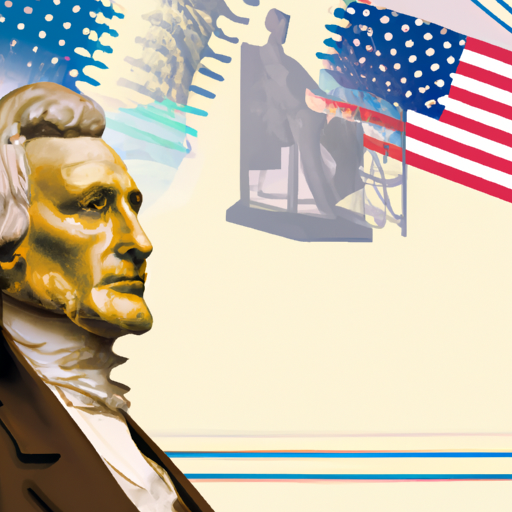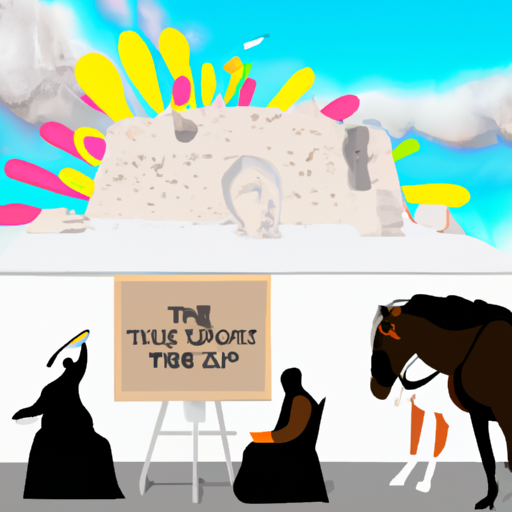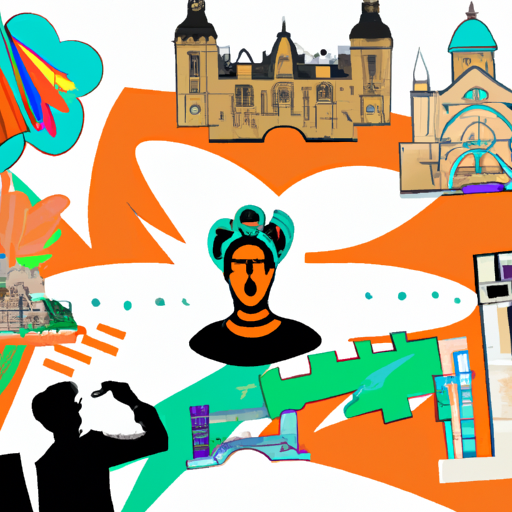History of the Perfect Victorian Wife
Unearth the enigma of the ideal Victorian spouse and find out what it necessitated to be one! Delve into the past to determine what it took to be an exemplary Victorian wife, and uncover a world of secrets. Uncovering this lost history can provide insight into a bygone era and its expectations for women.
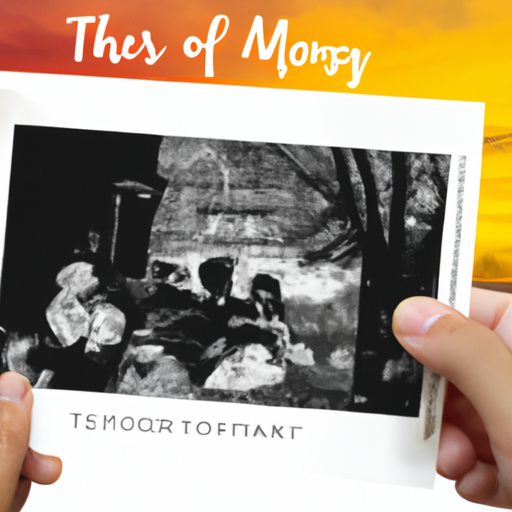
Amidst a period of tremendous social and cultural transformation, the expectations of Victorian women were no exception. To gain insight into this era, one must delve into the history of what it meant to be an ideal Victorian wife. The perfect Victorian spouse was required to demonstrate loyalty, obedience, and deference to her husband. Furthermore, she was responsible for keeping a tidy home, managing the family budget, raising well-mannered children and providing emotional support. To fulfill these duties satisfactorily, a woman had to possess certain qualities such as patience, kindness, self-control and adept housekeeping skills. By exploring the history of what it took to become an exemplary Victorian wife, we can gain insight into the values and expectations of this era.
.
Introduction
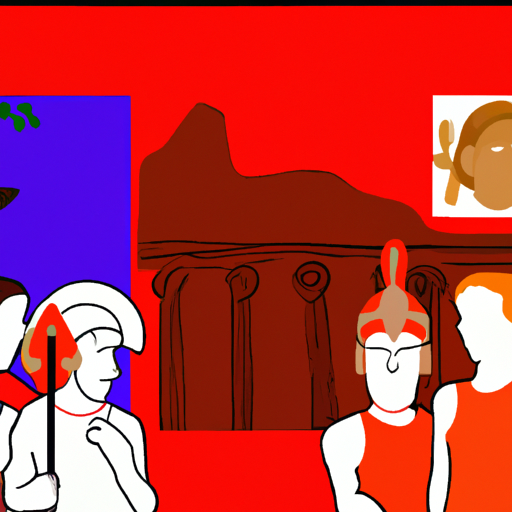
A woman of the Victorian era was expected to embody the values of her time, with obedience, loyalty and subservience to her husband being paramount. Additionally, she was to be an ideal homemaker, raising children and managing the household. Her morality and religiosity were essential to maintain her reputation as a respectable member of society; grace, elegance and beauty were also expected for her to be seen as an extension of her husband’s status and wealth. Over time, literature and art have romanticized this concept of the perfect Victorian wife as a symbol of female virtue and propriety.
– History of Victorian Gender Roles and the Perfect Victorian Wife
The Victorian era was a time of stringent gender roles, with men expected to make money outside the home and women to stay at home and take care of household duties. Literature of the period, such as Charlotte Bronte’s “Jane Eyre” or Elizabeth Gaskell’s “Cranford”, painted an idealized image of womanhood – one that was dutiful, submissive, and devoted to her husband – which became widely accepted as the standard for Victorian wives. To be considered a ‘perfect’ wife in this era meant possessing qualities such as intelligence, gracefulness, beauty, refinement, modesty, patience, and kindness; her behavior in public had to be flawless at all times. Obtaining such perfection was no mean feat but it was seen as essential for any woman hoping to gain respectability during this period.
Though these gender roles have shifted since then, they still remain largely unchanged in many places today. Thus it is important that we remember our history so we can continue striving towards true parity between men and women everywhere.
– Historical Expectations of a Perfect Victorian Wife
In the Victorian era, a perfect wife was a coveted ideal. Women were anticipated to be compliant, obedient and yielding to their husbands, as well as polite, devout and adept in domestic chores such as cooking and cleaning. An image of femininity that was viewed as highly desirable by society had to be maintained.
Wives were expected to remain devoted to their husbands, providing emotional support even in difficult times, while also caring for the home and children. Education in manners, religion and other values was required of them. Despite these duties, a certain level of beauty and grace had to be kept up at all times – fashionable clothing and hairstyles being necessary components – alongside proper etiquette when attending social gatherings or dinner parties. All this while being humble in demeanor!
Women during this period had very few rights or opportunities compared to men; not being able to vote or own property until 1882 when the Married Women’s Property Act was passed. This gave married women some legal rights including controlling their own money and possessions independently from their husbands.
The expectations for Victorian wives may seem outdated or oppressive today but they clearly demonstrate just how much gender roles and societal expectations have changed since then.
– The Social Impact of the Perfect Victorian Wife on Society
Amidst the social advancements of the Victorian era, a new standard for womanhood arose: the ‘perfect Victorian wife’. This ideal was one of obedience, passivity and servitude; a woman was expected to be her husband’s companion, raise children, manage the home and attend to her appearance. This concept had an immense effect on society in terms of gender roles and expectations. Women were viewed as inferior to men, often denied basic rights such as voting or owning property. They were required to remain faithful and devoted to their husbands regardless of how they were treated. The notion that women should be satisfied with their domestic role limited educational and employment opportunities outside of the home.
This ideal also impacted marriage greatly; women were expected to be pure before marriage and faithful during it; divorce was seen as shameful and scandalous. Husbands had full control over their wives’ lives, including decisions about money, children and other aspects of daily life. This made it possible for marital abuse to occur without consequence or help from external sources.
The ‘perfect Victorian wife’ offers insight into gender roles during this time period and serves as a reminder that while much progress has been made since then towards achieving true gender equality, there is still much work left to do.
– Historical Representations of the Perfect Victorian Wife in Literature
Throughout the ages, a sense of mystique has surrounded the Victorian era and its representation of the perfect wife. While societal views have changed over time, certain values such as loyalty, obedience, and piety have always been expected of these figures. In the early 19th century, Jane Austen’s works depicted gentle and submissive heroines with a strong sense of duty to their families. Mid-century saw Charlotte Bronte’s characters become more independent and ambitious. By the late 19th century, Thomas Hardy’s protagonists were challenging traditional morality by exploring themes such as adultery and divorce. Although literary representations of the ideal Victorian wife have evolved over time, one thing has remained constant: her role in upholding certain values within society.
– Examining the Cultural Legacy of the Perfect Victorian Wife Through History
The Victorian era is a time period remembered for its stringent social codes and conventions. Many of these expectations, particularly those placed on women, were difficult to meet. One of the most iconic representations of this era was the perfect Victorian wife – a figure whose cultural legacy has been examined in many ways over time.
Expected to be obedient, submissive, and devoted to her husband and children, this idealized version of womanhood often left little room for personal expression. Nevertheless, many women found ways to express themselves through their writing, art, and other forms of creativity; using their roles as wives and mothers to shape society in meaningful ways.
The feminist movement of the early 20th century brought about a reexamination of the perfect Victorian wife in literature and art. Writers such as Virginia Woolf argued that women should be allowed more autonomy in their lives and relationships with men. This debate continues today as historians explore how women navigated traditional expectations while asserting their own identities within marriage and motherhood through historical documents such as diaries and letters.
The cultural legacy of the perfect Victorian wife still resonates in our lives today – from romantic comedies featuring strong female leads who challenge gender roles to debates about whether or not marriage is necessary for true happiness – evidence from this era remains visible even now. Examining the history behind this figure helps us understand how far we have come since then – and how much further we still need to go before achieving true equality between genders in our society today.
conclusion
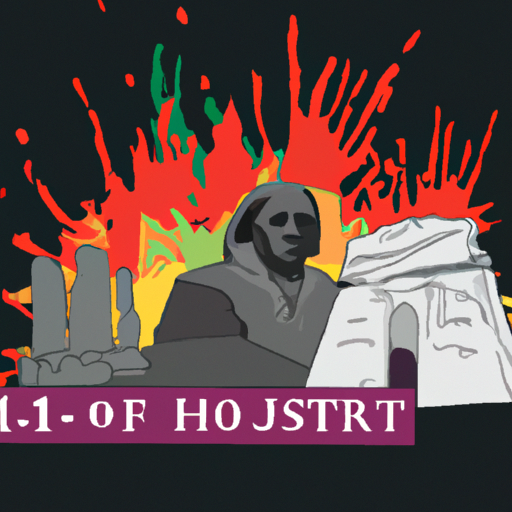
In a period of time that was heavily influenced by a patriarchal society, the ideal woman was expected to be compliant, loyal, and devoted to her husband. She was also expected to be a caring mother and keep a neat and organized residence. As time progressed, the role of the Victorian wife has altered drastically, with more women now having jobs outside the house and being able to take part in family decisions. Nevertheless, it is essential to remember that this image of an ideal Victorian wife was mainly formed by the values of that era.
.
Some questions with answers
Q1: What was the ideal role of a Victorian wife?
A1: The ideal role of a Victorian wife was to be a dutiful and obedient partner who managed the household and raised the children.
Q2: What were Victorian wives expected to do?
A2: Victorian wives were expected to maintain their husband’s home, manage the servants, raise children, and provide emotional support for their husbands.
Q3: How did Victorian wives demonstrate obedience?
A3: Victorian wives demonstrated obedience by following their husband’s orders without question and by not expressing any opinions that contradicted their husband’s views.
Q4: How did history view the perfect Victorian wife?
A4: History viewed the perfect Victorian wife as an obedient, submissive woman who was devoted to her husband and family.
Q5: What other roles did a Victorian wife have in society?
A5: In addition to managing her household, a Victorian wife also had social roles such as hosting tea parties or attending church services with her husband.

